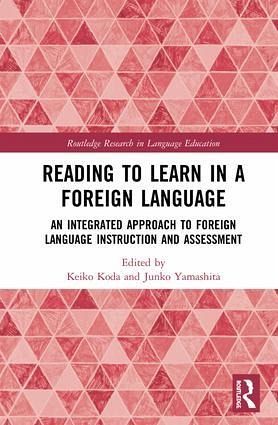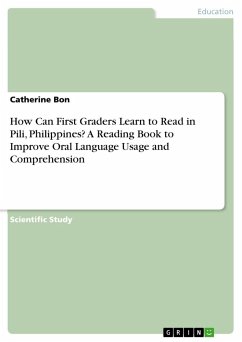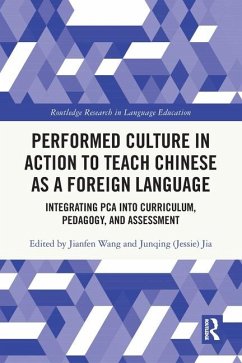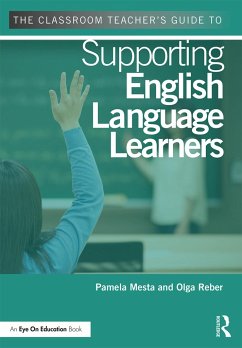
Reading to Learn in a Foreign Language
An Integrated Approach to Foreign Language Instruction and Assessment
Herausgeber: Koda, Keiko; Yamashita, Junko

PAYBACK Punkte
84 °P sammeln!
This book describes a theory-guided approach to Foreign Language (FL) course development, implementation, instruction and assessment.













